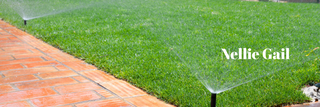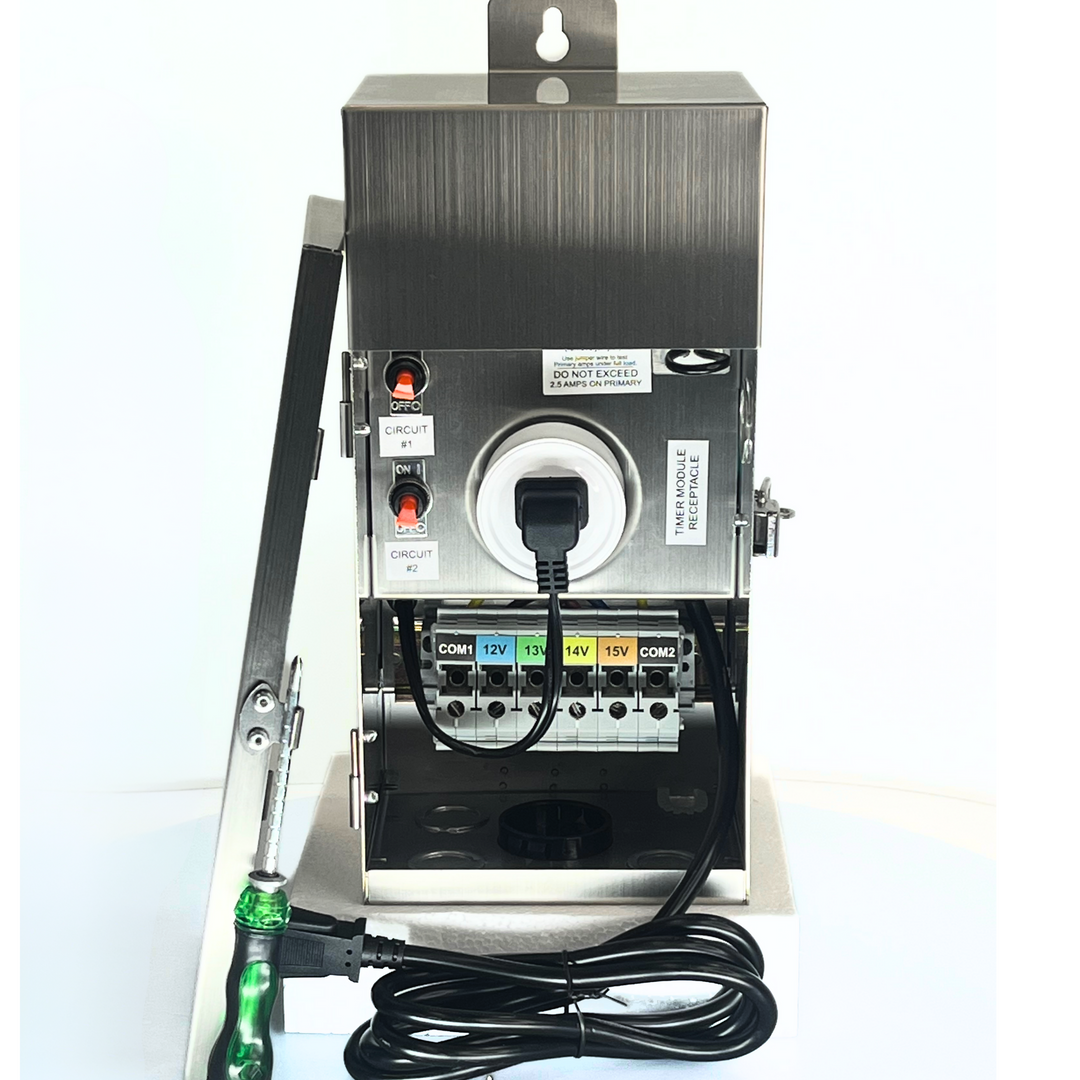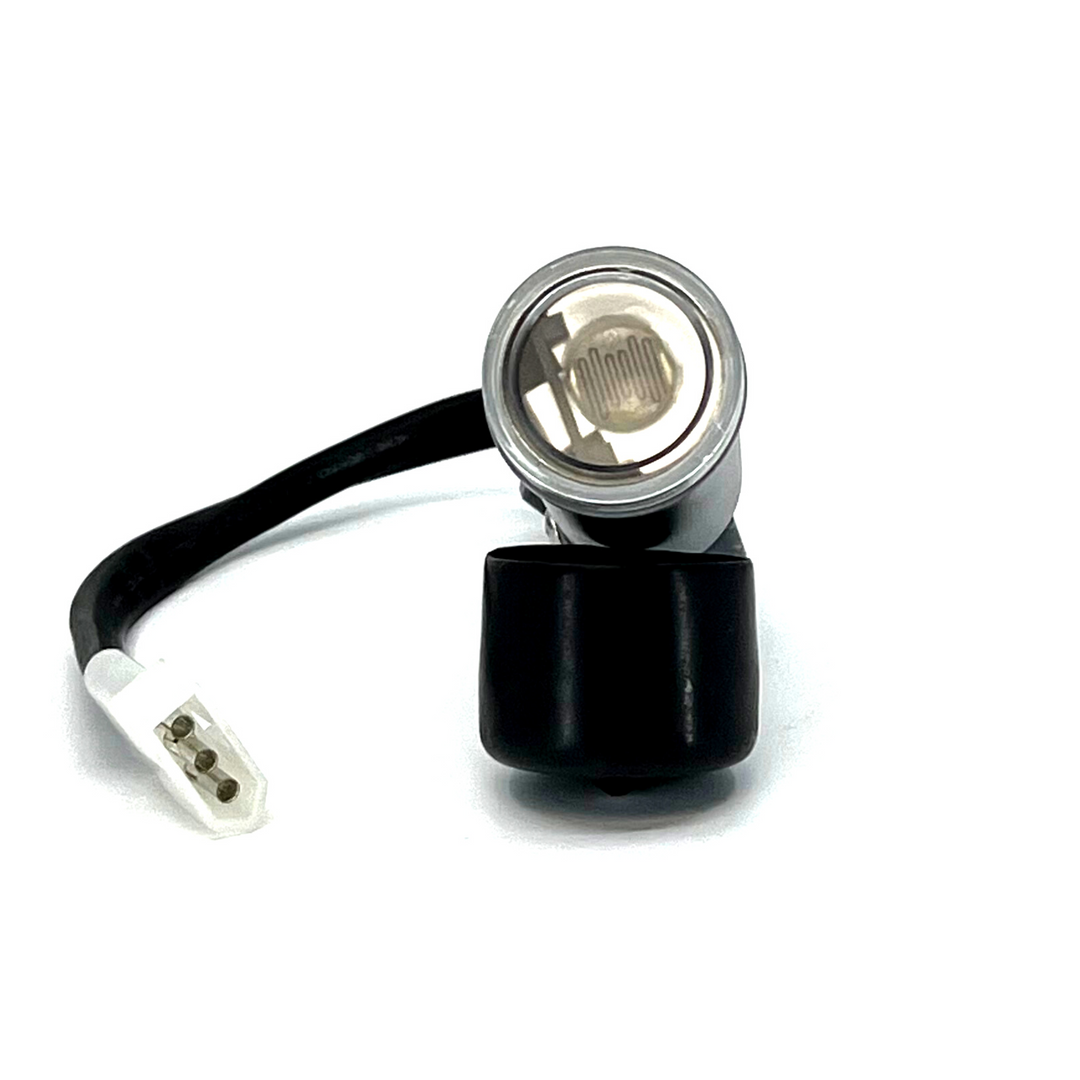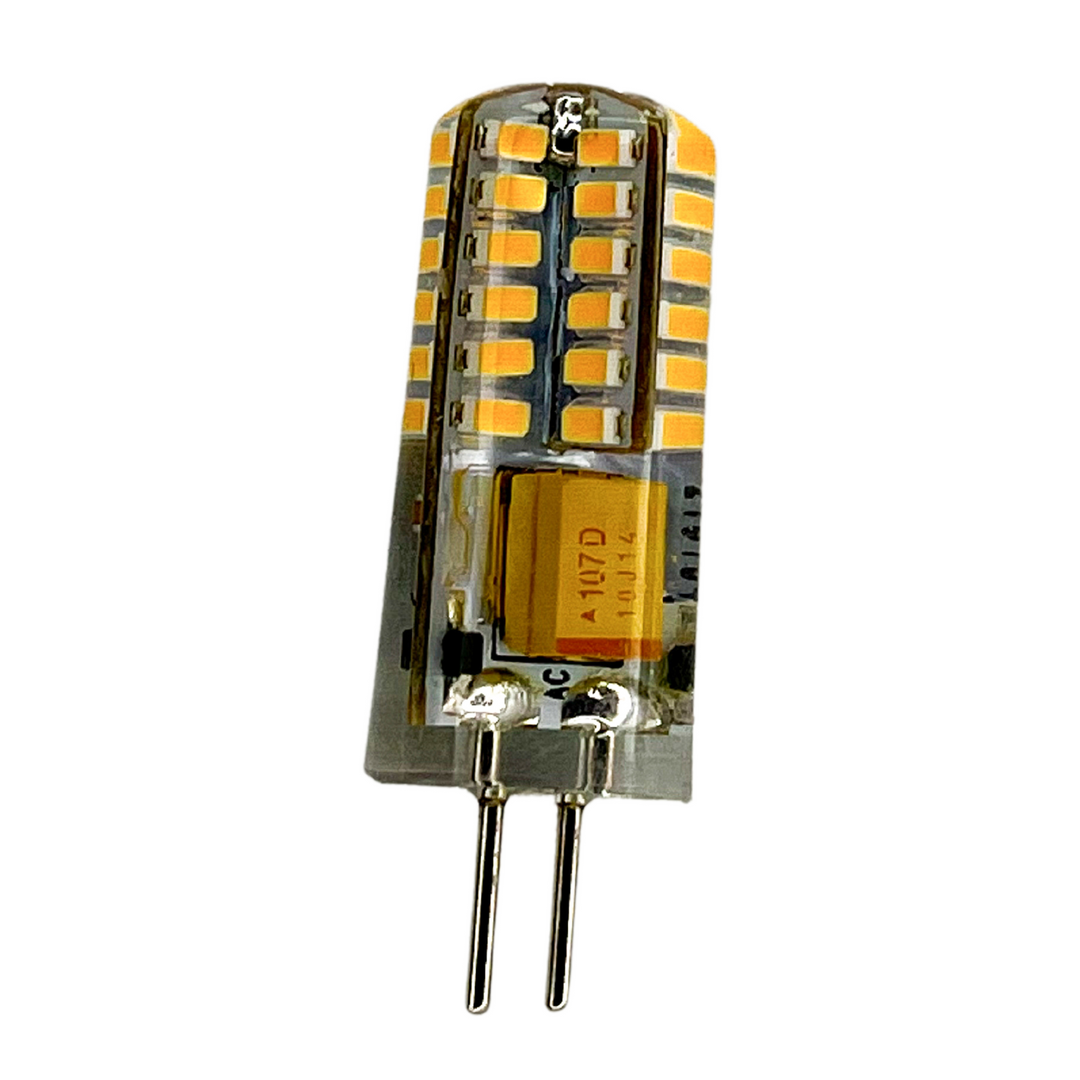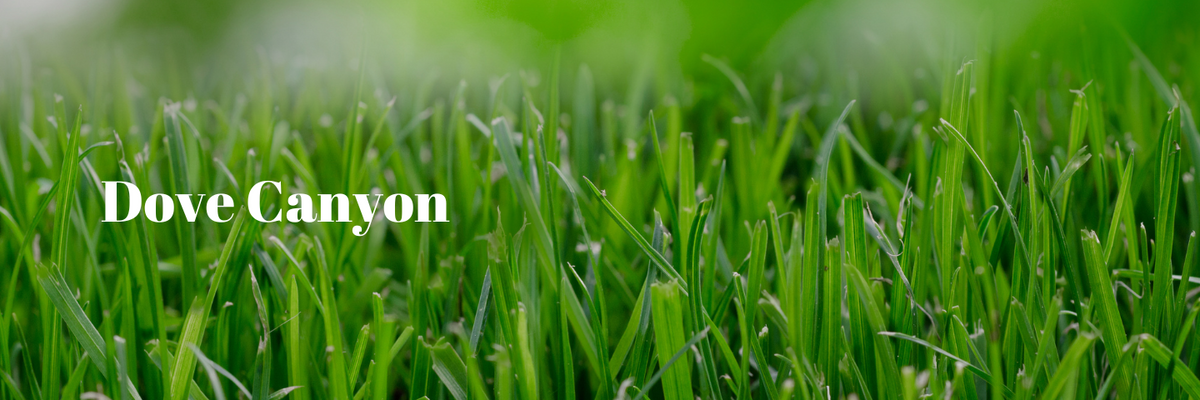
Sprinkler Care 101: Tips for Dove Canyon Homeowners
|
|
Time to read 7 min
A well-maintained sprinkler system is essential for keeping your lawn green, your garden thriving, and your water bills in check. For homeowners in Dove Canyon, where dry and warm weather can make landscape maintenance challenging, an efficient irrigation system helps conserve water while ensuring a beautiful outdoor space. However, neglecting proper care can lead to wasted water, dead patches on the lawn, and costly repairs.
By understanding how your sprinkler system works, following a routine maintenance schedule, and making necessary seasonal adjustments, you can keep your system running efficiently year-round. Smart watering techniques and troubleshooting common issues will also help maximize performance, reduce unnecessary water usage, and prevent damage to your landscape.
Getting to Know Your Sprinkler Setup in Dove Canyon
Before tackling maintenance, it’s important to understand how your sprinkler system works. Homeowners in Dove Canyon typically use three main types of irrigation systems. Pop-up sprinklers are the most common choice for lawns, as they remain hidden underground until activated. Rotor sprinklers are designed for larger areas, rotating to distribute water over a broader space. Drip irrigation is ideal for flower beds, shrubs, and gardens, as it delivers moisture directly to the roots, reducing evaporation.
Each sprinkler system consists of key components that work together for efficient watering. The controller determines when and how long the sprinklers run. Valves regulate water flow to different zones of the landscape. Sprinkler heads disperse water in a specific pattern, ensuring even coverage. Pipes and tubing transport water underground to different parts of the yard. Knowing these components makes it easier to identify problems and keep the system running smoothly.
The Best Ways to Keep Your System in Top Shape
Regular maintenance prevents leaks, inefficient watering, and other common irrigation problems. One of the most important tasks is conducting seasonal inspections. Before summer and winter, check the system for damaged heads, leaks, or blockages. Even a small crack in a pipe can lead to significant water waste and higher bills. Cleaning nozzles and filters ensures that debris doesn’t interfere with water distribution.
Another crucial step is adjusting sprinkler heads. Over time, heads can shift out of place, spraying water onto driveways, sidewalks, or fences instead of grass and plants. Positioning them correctly ensures even coverage without wasting water. If certain areas are receiving too much or too little water, adjusting the angle or replacing worn-out nozzles can improve efficiency.
Checking water pressure is another important maintenance step. If the pressure is too high, the water may mist and evaporate before reaching the grass. If it’s too low, some areas may not receive enough moisture. Homeowners can use a water pressure gauge to check levels and install a pressure regulator if necessary to maintain optimal performance.
Simple Changes to Reduce Water Waste
Smart watering techniques help homeowners in Dove Canyon keep their landscapes healthy without overusing water. One of the best upgrades is installing a smart controller, which automatically adjusts watering schedules based on real-time weather conditions. These systems can detect rainfall, humidity, and temperature changes, ensuring that water is only used when necessary.
Another effective solution is switching to drip irrigation in flower beds and landscaped areas. Unlike traditional sprinklers that spray water into the air, drip irrigation delivers moisture directly to the soil, preventing evaporation and runoff. This method is especially useful for trees, shrubs, and gardens, as it provides consistent hydration without oversaturating the soil.
Adding rain sensors to an irrigation system also helps conserve water. These small devices disable the system during and after rainfall, preventing unnecessary watering. This not only saves water but also protects plants from overwatering, which can lead to root rot and fungal growth.
How to Fix Common Sprinkler Problems
Even well-maintained sprinkler systems can develop performance issues over time. One of the most frequent problems is dry patches on the lawn, which usually indicate a clogged nozzle or misaligned sprinkler head. Cleaning or adjusting the affected sprinkler head often restores proper coverage. If the problem persists, checking for underground leaks may be necessary.
Excess water pooling in certain areas is another common issue, often caused by overwatering or slow soil absorption. Adjusting the watering schedule and reducing the run time can help prevent puddles from forming. If pooling continues, the issue may be related to poor drainage, requiring modifications to the landscaping.
Another issue homeowners face is sprinkler heads that don’t retract after use. This can happen due to dirt, grass, or debris blocking the head from lowering properly. Cleaning around the affected head usually resolves the problem, but in some cases, low water pressure or worn-out parts may be the cause.
Preparing Your Sprinkler System for Seasonal Changes
Irrigation needs change throughout the year, making seasonal adjustments essential for keeping the system in peak condition. In the spring, homeowners should inspect all sprinkler zones, test water distribution, and replace any broken or worn-out components. Running a full test cycle allows for early detection of leaks, poor water pressure, or spray pattern issues before the hot weather begins.
Before winter arrives, even in Dove Canyon’s mild climate, winterization is necessary to prevent freeze-related damage. Homeowners should shut off the water supply to the irrigation system and drain any remaining water from the pipes to avoid expansion-related cracks. Exposed components, such as valves and backflow preventers, should be insulated to provide extra protection. Turning off the controller or setting it to rain mode prevents unnecessary activations during the cooler months.
Addressing Common Sprinkler Problems
Even with routine maintenance, sprinkler systems can develop issues that affect their performance. Identifying and resolving these problems early prevents water waste, protects landscaping, and extends the lifespan of the system.
Fixing Dry Spots on the Lawn
Uneven watering often results in dry patches where grass appears brittle and discolored. This issue usually stems from clogged nozzles, low water pressure, or misaligned sprinkler heads. To resolve this, homeowners should check each sprinkler head to ensure it is spraying evenly and in the correct direction. Cleaning or replacing clogged nozzles can restore proper water flow, while adjusting or upgrading sprinkler heads may improve coverage. If dry spots persist, it may be necessary to check for underground leaks or test the system’s pressure to ensure adequate water distribution.
Preventing Puddles and Water Runoff
Excessive water accumulation in certain areas is a sign that the sprinkler system is delivering too much water too quickly or that the soil isn’t absorbing moisture efficiently. This can lead to erosion, plant root rot, and wasted water. To fix this, homeowners should reduce watering time in affected areas and opt for multiple shorter watering cycles instead of one long session. If runoff is occurring on slopes, adjusting the angle of sprinkler heads or incorporating drip irrigation for targeted watering can help. Ensuring proper drainage and aerating compacted soil also improves absorption, preventing unnecessary water pooling.
Resolving Sprinkler Heads That Won’t Retract
Sprinkler heads that fail to lower after use often become stuck due to dirt, grass, or debris buildup around the head. In some cases, low water pressure may prevent the head from fully extending and retracting. The first step in fixing this issue is to clean the sprinkler head and remove any surrounding obstructions. If the problem continues, checking the system’s water pressure and replacing damaged or worn-out sprinkler heads may be necessary. Proper maintenance and seasonal inspections can help prevent this issue from occurring frequently.
Adjusting Your Sprinkler System for Seasonal Changes
To maintain an efficient irrigation system year-round, homeowners must adjust their sprinkler settings and perform system maintenance based on seasonal needs. Preparing for both spring growth and winter dormancy ensures that the system remains functional and free from weather-related damage.
Spring Preparation for the Growing Season
As temperatures rise, lawns and gardens require consistent hydration to thrive. Homeowners should begin by turning on the sprinkler system after winter dormancy and performing a thorough inspection. This includes checking all sprinkler zones, testing spray patterns, and cleaning nozzles to remove dirt or debris that may have built up. Running a test cycle helps identify misaligned or broken sprinkler heads, which should be adjusted or replaced as needed. Checking for leaks, monitoring water pressure, and programming the controller based on seasonal weather conditions ensures efficient watering as plants begin their active growth phase.
Winterization to Prevent Freeze Damage
Even though Dove Canyon experiences mild winters, freezing temperatures can still cause pipes to crack or sprinkler components to malfunction if water remains inside the system. To prevent damage, homeowners should shut off the water supply to the sprinkler system before temperatures drop. Draining the system is essential, and this can be done using the manual drain, automatic drain, or blow-out method depending on the system type. Above-ground components, such as valves and backflow preventers, should be insulated to protect them from sudden cold snaps. Setting the sprinkler controller to rain mode or turning it off prevents unnecessary watering and protects the system from potential winter wear.
When to Call a Sprinkler Specialist
While many maintenance tasks can be handled by homeowners, certain issues require professional assistance. If an irrigation system is experiencing low water pressure, recurring leaks, or controller malfunctions, calling a licensed irrigation specialist is the best solution. Experts can diagnose and repair hidden pipe damage, optimize system efficiency, and recommend upgrades to improve water conservation.
When hiring a professional, it’s important to choose a reliable and experienced service provider. Homeowners should look for specialists who are licensed and have a proven track record in sprinkler system repair and installation. Checking online reviews and asking for recommendations can help ensure that the provider offers quality service at a fair price.
Keeping a sprinkler system in good condition requires consistent maintenance, smart water usage, and timely repairs. By understanding how the system works, making seasonal adjustments, and implementing water-saving strategies, Dove Canyon homeowners can enjoy a healthy, green landscape while minimizing water waste.










